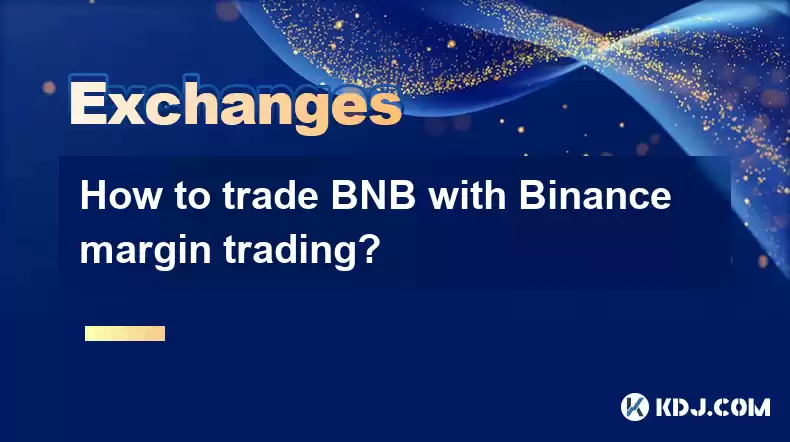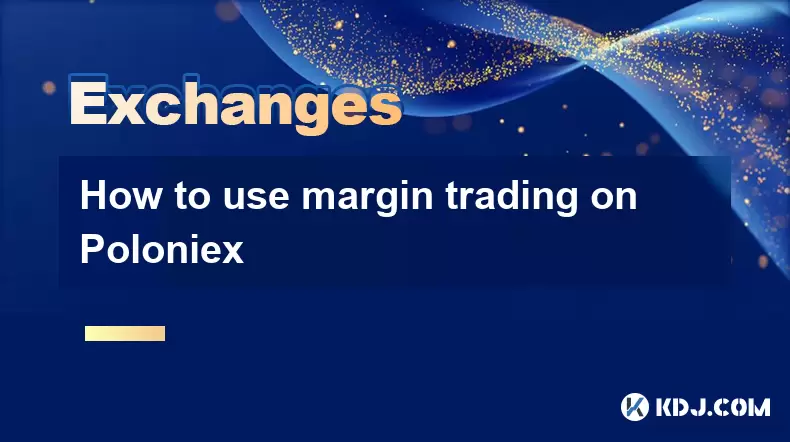-
 Bitcoin
Bitcoin $117500
2.15% -
 Ethereum
Ethereum $3911
6.19% -
 XRP
XRP $3.316
10.79% -
 Tether USDt
Tether USDt $1.000
0.01% -
 BNB
BNB $787.2
2.24% -
 Solana
Solana $175.2
4.15% -
 USDC
USDC $0.9999
0.00% -
 Dogecoin
Dogecoin $0.2225
8.40% -
 TRON
TRON $0.3383
0.28% -
 Cardano
Cardano $0.7868
6.02% -
 Stellar
Stellar $0.4382
9.34% -
 Hyperliquid
Hyperliquid $40.92
7.56% -
 Sui
Sui $3.764
7.63% -
 Chainlink
Chainlink $18.48
10.66% -
 Bitcoin Cash
Bitcoin Cash $582.1
1.88% -
 Hedera
Hedera $0.2601
6.30% -
 Avalanche
Avalanche $23.33
4.94% -
 Ethena USDe
Ethena USDe $1.001
0.02% -
 Litecoin
Litecoin $122.3
2.04% -
 UNUS SED LEO
UNUS SED LEO $8.969
-0.27% -
 Toncoin
Toncoin $3.339
0.86% -
 Shiba Inu
Shiba Inu $0.00001287
4.30% -
 Uniswap
Uniswap $10.43
7.38% -
 Polkadot
Polkadot $3.861
5.08% -
 Dai
Dai $1.000
0.02% -
 Bitget Token
Bitget Token $4.513
3.41% -
 Monero
Monero $267.7
-6.18% -
 Cronos
Cronos $0.1499
4.14% -
 Pepe
Pepe $0.00001110
5.15% -
 Aave
Aave $284.9
8.28%
How to trade BNB with Binance margin trading?
Learn to trade BNB on Binance's margin platform: set up an account, understand leverage and collateral, open positions, and manage risks effectively.
Apr 19, 2025 at 02:14 pm

Trading BNB using Binance margin trading can offer traders the ability to leverage their positions and potentially increase their profits. In this article, we will guide you through the process of trading BNB on Binance's margin platform, covering everything from setting up a margin account to executing trades.
Setting Up a Margin Account on Binance
Before you can start trading BNB with margin on Binance, you need to set up a margin account. Here’s how you can do it:
- Log into your Binance account. If you don’t have an account, you’ll need to create one first.
- Navigate to the "Margin" section on the top menu bar.
- Click on "Isolated Margin" or "Cross Margin". The choice depends on your trading strategy. Isolated margin isolates the risk to a single trading pair, while cross margin uses your entire margin account balance as collateral.
- Click on "Transfer" to move funds from your spot wallet to your margin account. You need to transfer BNB or other assets that you want to use as collateral.
- Once the transfer is complete, you can start trading.
Understanding Margin Trading Basics
Margin trading allows you to borrow funds to increase your trading position. When trading BNB on margin, you can potentially amplify your returns, but it also increases the risk of significant losses. Here are some key concepts to understand:
- Leverage: This is the ratio of the trader's funds to the size of the borrowed funds. For example, 5x leverage means you can trade with five times the amount of your initial capital.
- Collateral: The assets you deposit to secure your borrowed funds. If the market moves against your position, your collateral could be liquidated.
- Liquidation: If the value of your collateral falls below a certain threshold, your position will be automatically closed to prevent further losses.
How to Open a BNB Margin Trading Position
To open a BNB margin trading position, follow these steps:
- Go to the "Margin" section and select the trading pair you want to trade, such as BNB/USDT.
- Choose your leverage level. Binance offers different leverage levels, so choose one that aligns with your risk tolerance.
- Enter the amount of BNB you want to trade. You can borrow the necessary funds to reach your desired position size.
- Select "Buy" if you think the price of BNB will rise, or "Sell" if you think it will fall.
- Review your order details and confirm the trade. Once your order is filled, you will have an open margin position.
Managing Your Margin Position
Once you have an open BNB margin position, it’s important to manage it effectively to minimize risks and maximize potential profits. Here are some tips:
- Monitor your position closely. Margin trading can be volatile, so keep an eye on market movements and your account balance.
- Set stop-loss and take-profit orders. These can help you limit losses and lock in profits automatically.
- Adjust your leverage if necessary. If the market moves against you, reducing your leverage can help prevent liquidation.
- Keep an eye on your margin level. If it falls too low, you may need to add more collateral or close part of your position.
Closing a BNB Margin Trading Position
When you’re ready to close your BNB margin trading position, follow these steps:
- Go to the "Margin" section and find your open position.
- Click on "Repay" if you want to repay the borrowed funds and close the position.
- Alternatively, you can click on "Close All" to close the entire position at the current market price.
- Confirm the action. Once your position is closed, the borrowed funds will be returned, and any profits or losses will be reflected in your account balance.
Transferring Funds Back to Your Spot Wallet
After closing your BNB margin trading position, you may want to transfer your funds back to your spot wallet. Here’s how:
- Go to the "Margin" section and click on "Transfer".
- Select "Margin to Spot" and choose the asset you want to transfer, such as BNB.
- Enter the amount you want to transfer and confirm the action.
- The funds will be moved back to your spot wallet, where you can use them for other trading activities or withdraw them.
Frequently Asked Questions
Q: Can I trade BNB on margin with other cryptocurrencies as collateral?
A: Yes, Binance allows you to use various cryptocurrencies as collateral for margin trading. You can transfer different assets to your margin account and use them to open positions.
Q: What happens if my margin position gets liquidated?
A: If your margin position gets liquidated, Binance will automatically close your position to prevent further losses. Any remaining collateral after repaying the borrowed funds will be returned to your margin account.
Q: Is there a minimum amount required to start margin trading BNB on Binance?
A: The minimum amount required to start margin trading BNB on Binance depends on the leverage level and the trading pair. You should check the specific requirements on the Binance platform before opening a position.
Q: Can I use both isolated and cross margin for BNB trading?
A: Yes, you can use both isolated and cross margin for BNB trading on Binance. Isolated margin is suitable for managing risk on a per-position basis, while cross margin uses your entire margin account balance as collateral.
Disclaimer:info@kdj.com
The information provided is not trading advice. kdj.com does not assume any responsibility for any investments made based on the information provided in this article. Cryptocurrencies are highly volatile and it is highly recommended that you invest with caution after thorough research!
If you believe that the content used on this website infringes your copyright, please contact us immediately (info@kdj.com) and we will delete it promptly.
- Tron's Sell-Off Spurs Altcoin Shift: What's Next for TRX?
- 2025-08-08 08:30:12
- RUVI Presale: Is the Growth Potential Real?
- 2025-08-08 09:10:12
- Sleep Token's US Takeover: Thornhill Rides the 'Even In Arcadia' Wave
- 2025-08-08 08:30:12
- FTT Token's Wild Ride: Creditor Repayments vs. Market Drop - A New Yorker's Take
- 2025-08-08 07:10:12
- Floki Crypto Price Prediction: Riding the Robinhood Rocket or Just a Meme?
- 2025-08-08 07:15:12
- EigenLayer, Restaking, and Ethereum: Navigating the Hype and the Hazards
- 2025-08-08 06:30:12
Related knowledge

How to use margin trading on Poloniex
Aug 08,2025 at 09:50am
Understanding Margin Trading on Poloniex

How to use advanced trading on Gemini
Aug 08,2025 at 04:07am
Understanding Advanced Trading on GeminiAdvanced trading on Gemini refers to a suite of tools and order types designed for experienced traders who wan...

How to deposit USD on Bitstamp
Aug 07,2025 at 05:18pm
Understanding Bitstamp and USD DepositsBitstamp is one of the longest-standing cryptocurrency exchanges in the industry, offering users the ability to...

How to use the Kraken Pro interface
Aug 08,2025 at 09:57am
Understanding the Kraken Pro Interface LayoutThe Kraken Pro interface is designed for both novice and experienced traders seeking a streamlined experi...

How to find my transaction ID on Gemini
Aug 08,2025 at 12:50am
Understanding the Transaction ID in Cryptocurrency ExchangesA transaction ID (TXID) is a unique alphanumeric string that identifies a specific transfe...

How to calculate crypto taxes from Binance
Aug 08,2025 at 07:56am
Understanding Cryptocurrency Taxation on BinanceCalculating crypto taxes from Binance requires a clear understanding of how tax authorities classify d...

How to use margin trading on Poloniex
Aug 08,2025 at 09:50am
Understanding Margin Trading on Poloniex

How to use advanced trading on Gemini
Aug 08,2025 at 04:07am
Understanding Advanced Trading on GeminiAdvanced trading on Gemini refers to a suite of tools and order types designed for experienced traders who wan...

How to deposit USD on Bitstamp
Aug 07,2025 at 05:18pm
Understanding Bitstamp and USD DepositsBitstamp is one of the longest-standing cryptocurrency exchanges in the industry, offering users the ability to...

How to use the Kraken Pro interface
Aug 08,2025 at 09:57am
Understanding the Kraken Pro Interface LayoutThe Kraken Pro interface is designed for both novice and experienced traders seeking a streamlined experi...

How to find my transaction ID on Gemini
Aug 08,2025 at 12:50am
Understanding the Transaction ID in Cryptocurrency ExchangesA transaction ID (TXID) is a unique alphanumeric string that identifies a specific transfe...

How to calculate crypto taxes from Binance
Aug 08,2025 at 07:56am
Understanding Cryptocurrency Taxation on BinanceCalculating crypto taxes from Binance requires a clear understanding of how tax authorities classify d...
See all articles

























































































